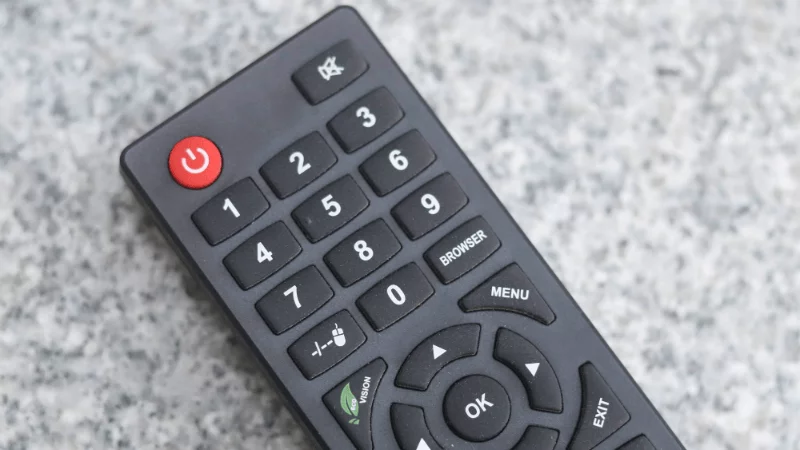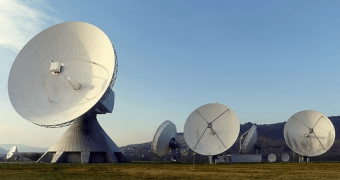As per new reports on the TV industry, the TV viewership in India has dipped after the introduction to the new Trai tariff regime. This reduction in viewership for major broadcasters comes because of the ongoing disruption in the cable and broadcasting ecosystem. According to a report which was run by Zee News based on CLSA, the viewership of the top five broadcasters which dominate the TV industry has come down from a massive 90% share to 78% share.

Viewership of Leading Broadcasters Witness a Decline
In April, leading broadcaster Star India has seen a decline of 1% on its viewership as the viewership percentage has come to 30% from the previous 31%. The report also added that Viacom18 and Sony’s viewership has come down by 480bps – 540bps year on year to 10% and 8% respectively for both of these big broadcasters. This loss has been reasoned to show up because of the general decline in the share of Hindi GEC channels and movie segment. Similarly, the major broadcaster from South India, Sun TV, also witnessed a decrease of 140bps and fell to 10%. This news was first reported by Indian Television.
Despite the decline in viewership, CLSA added that the implementation of the new tariff regime would prove to be beneficial for the broadcasters in the long term. The report added that the current decline in the viewership is mainly because of widespread blackout and removal of some of the popular channels.
Only a few days back, the audience measurement body in the TV industry, BARC resumed publishing TV rating data publicly. An interesting parameter to note as per the BARC weekly report was the total TV impressions which used to 27-29 billion per week, but following the introduction of the new Trai tariff regime, the figure fell to 15 billion. It is also worth noting that the decline was primarily seen in the Hindi viewership, and was concentrated in the rural areas whereas regional viewership remained more or less the same.
ARPU to Increase for DTH Companies in the Long Term
It is interesting to see that the new Trai tariff regime is taking the path which was being predicted by industry experts and analysts. In the long term, the analysts had said that the viewership makeup would change. In this regard, several channels which have got included in the FTA or broadcaster packs have witnessed a rise in viewership as well.
Apart from viewership, other factors like ARPU for DTH companies have also been predicted to rise by the industry experts as the days pass with the new tariff regime in effect. The new tariff regime has also brought massive changes in the business aspect for cable operators, subscribers’ monthly rentals and the prices which they used to pay for installation, service and repair as well.















